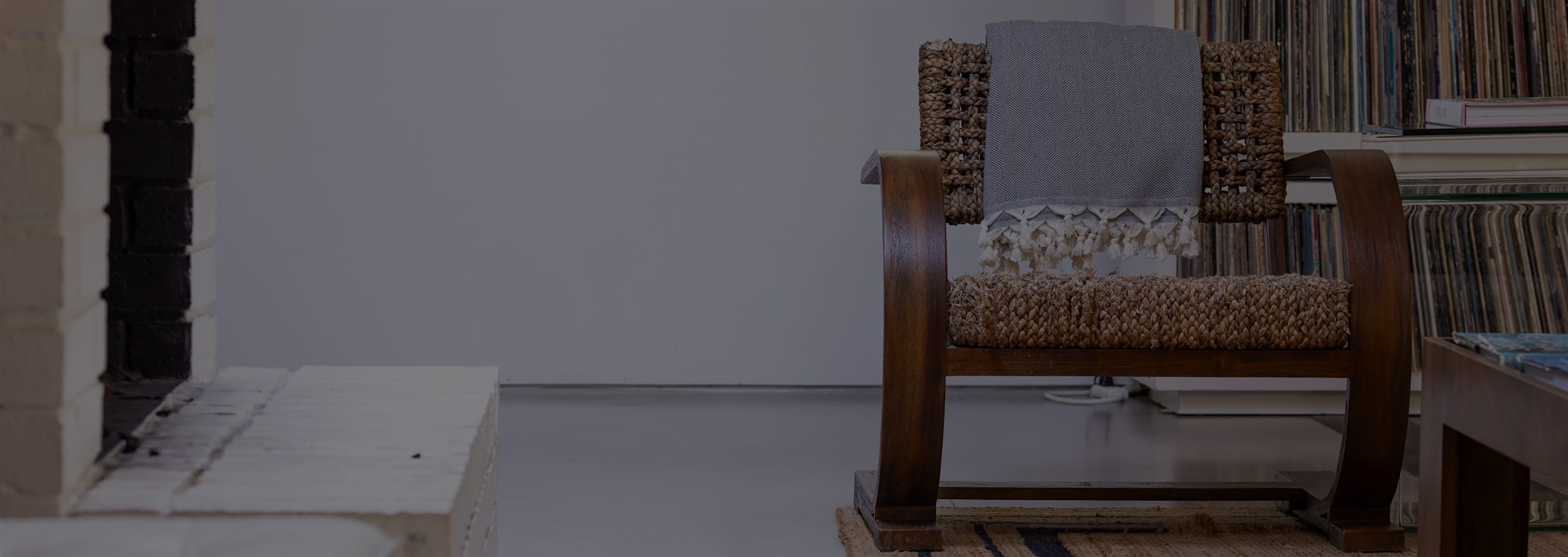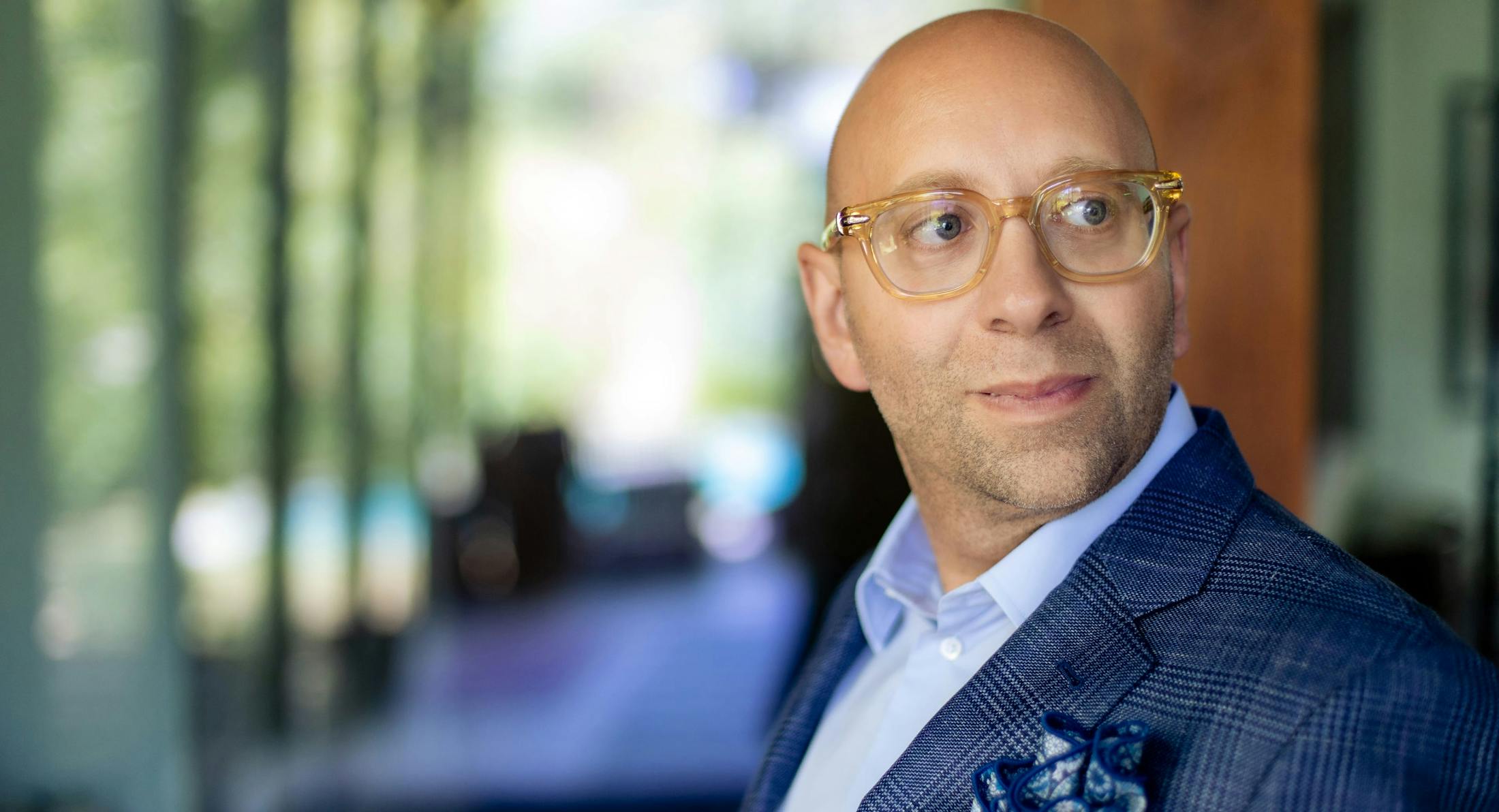Fat grafting uses your own harvested fat to restore volume, improve contours, and enhance tissue quality. It’s a regenerative, biocompatible solution for natural-looking facial or body rejuvenation.
What Is Fat Grafting?
Your fat tissue contains regenerative cells and structural matrix, making it highly biocompatible. Fat grafting (autologous fat transfer) harvests your fat via gentle liposuction and strategically injects it into areas needing volume or rejuvenation, simultaneously slimming your donor site for comprehensive body sculpting. Patients choosing fat grafting in San Antonio enjoy natural, long-lasting enhancement that improves both shape and contour.





